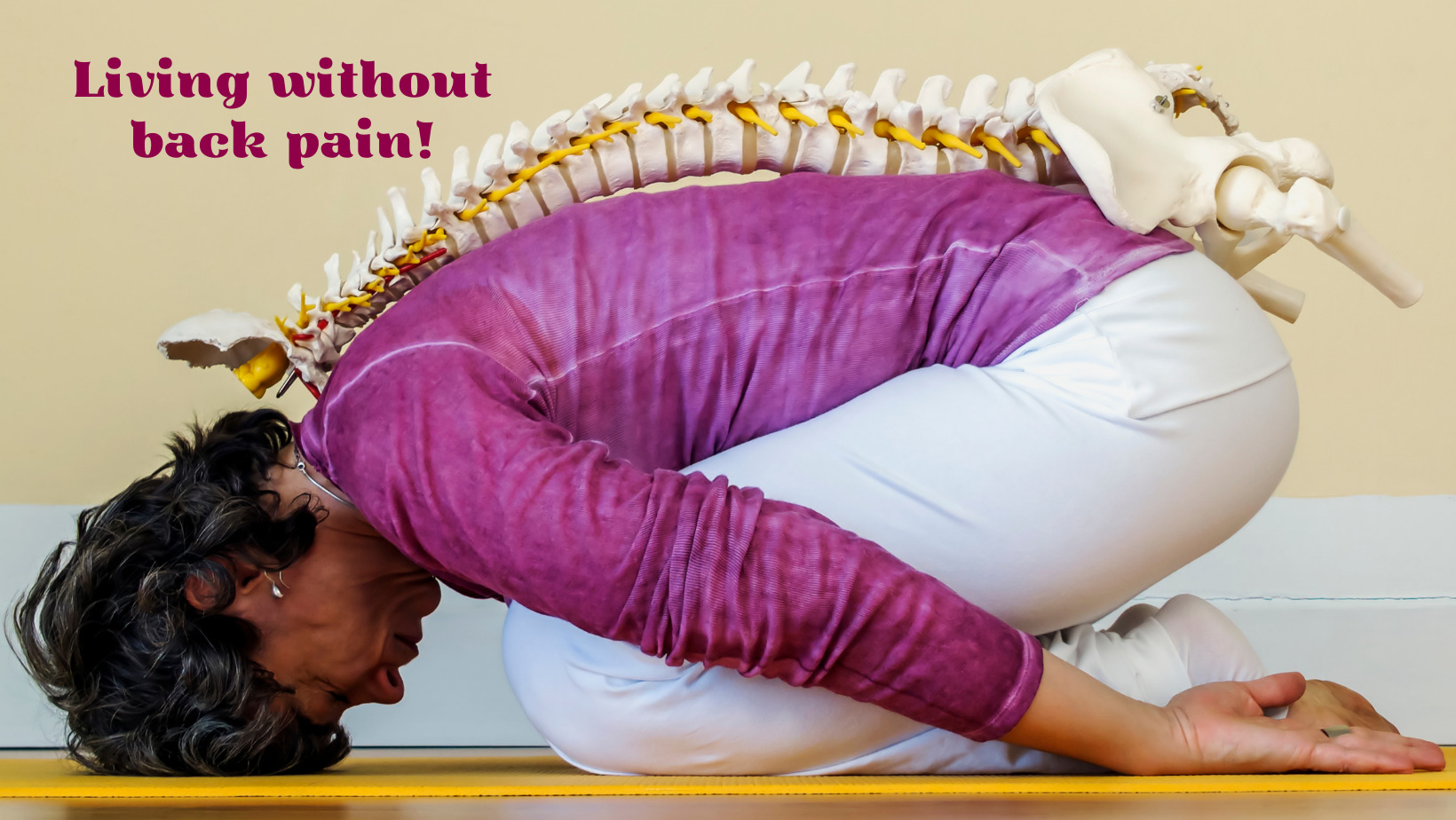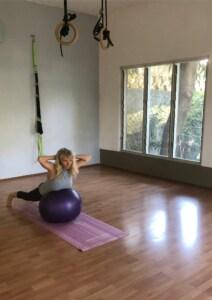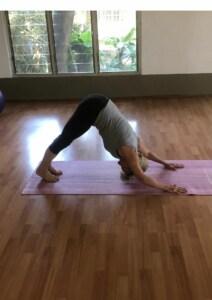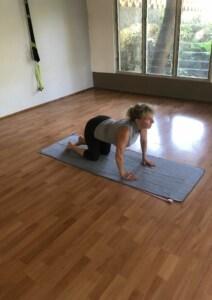A Strong back – a strong life!
Living without back pain!
Lower back pain is very common, and most people will experience it in their lifetime. About 7.5% of the global population suffers from back pain.
Approximately 8 % of all adults used to experience persistent or chronic back pain,
and as a result, are limited in certain everyday activities.
Back problems are slightly more common in adult women than men;
nearly 30% of the adult female population suffers from LBP,
compared to 25 % of the adult male adult population.
The Spinal cord
The spinal cord is what connects the brain to the outside world.
Because of it, the brain can act. The spinal cord is like a smart relay station.
It routes messages to and from the brain and has its own system of automatic processes, called reflexes.
The spinal cord is functionally organized in 30 segments, corresponding with the vertebrae. Each segment is connected to a specific part of the body through the peripheral nervous system. Nerves branch out from the spine at each vertebra. Sensory nerves bring messages in; motor nerves send messages out to the muscles and organs. Messages travel to and from the brain through every segment.
Lower back pain sometimes called lumbago, is not a specific disease diagnosis.
It’s a symptom of several types of medical problems.
If you’re in poor physical condition, constant strain on your back can cause painful muscle spasms.
Chronic back pain and Mindset.
When your physical movement is limited, it can cause psychological distress, which can worsen the pain. Your personal health beliefs and coping strategies can easily influence your level of distress and course of the pain.
For instance, if you are anxiety-prone, expect the worst, and have catastrophic thinking, this can make the pain far worse. That’s because those psychological vulnerabilities can change your brain and intensify the pain.
There are ways to prevent and reduce lower back pain!
- Losing weight if you are overweight is an important step!
- Maintaining proper posture when walking and lifting heavy items.
- Stay as active as possible and try to continue your daily activities – this is one of the most important things you can do, as resting for long periods is likely to make the pain worse.
- Exercising the muscles in your abdomen and back is important as well as strengthening and stretching exercises, bending, and twisting, all will help to strengthen the spine
There are many ways to strengthen your back!
Swimming, Walking, Pilates, Yoga, and Back Workouts can ease the pain and make you feel comfortable again.
The Change of your Mindset will reduce your chronic pain!
Humans, like other animals, are born with an instinctive motivation to escape the pain. Think about the last time you touched something painfully hot and how quickly you pulled away from it. Your quick and automatic action is the result of hardwired biology meant to preserve your health and survival. When it comes to ongoing, severe pain that comes from within your own body, like back pain, escape isn’t so easy, but you can train your brain away from pain.
Workout for a strong back!
A special back workout session will help to strengthen your spine.
For to get the best results, this workout includes both, cardio and weight training. You might work with dumbbells, gym balls, Terra bands, TRX, and more. You can find group sessions, as well as a one-one sessions for the best result. Learn exercises that you can do on a daily basis at home.
Dumbbell workout against lower back pain
The Dumbbell Deadlift is a compound exercise good for overall fitness including lower back strength, it helps reduce back pain and prevents injuries.
Deadlifts increase muscle and joint strength, improve bone density and improve muscle coordination.
Try it: Place a pair of dumbbells on the floor close to your feet.
2. Stand straight with your feet shoulder-width apart, arms extended in front
of your thigh, and palms facing your body. That’s your starting position.
3. Tighten your core and push your hips back to lean forward while maintaining a flat back.
4. Lift the dumbbells with extended arms and slowly back to the standing position. That’s one repetition. Repeat this as many times as you like.
Gym ball workout. Doing back extensions while leaning face-down on an exercise ball targets the thick paraspinal muscles of your low back, while simultaneously giving a little stretch to your abdominal muscles in the front of your torso.
Try it:
1. Lay with your stomach on the exercise ball with your legs outstretched, using your feet/toes for stability.
2. Then place your hands behind your head and slowly lift your upper abdominals and chest off the ball, arching your back in the process. Try to focus on contracting the muscles of your low back. Hold for a few seconds while in an extended position, and then slowly lower your torso back down to the ball.
3. Try squeezing your shoulder blades together to engage your upper back muscles.
Yoga is a mental and physical practice that can help calm the mind and
stretch and strengthen the body. Some Yoga positions may help with
back pain directly, by stretching and strengthening the muscles in the back. A yoga program, tailored to each individual’s needs, can improve both pain and quality of life scores.
The downward-facing dog will stretch your hamstrings.
This classic yoga pose is a great total body stretch that targets back extensors: the large muscles that help form your lower back, support your spine and help you stand and lift objects.
Try it: Start on your hands and knees, with your hands slightly in front of your shoulders. Pressing back, raise your knees away from the floor and lift your tail bone up toward the ceiling. For an added hamstring stretch, gently push your heels toward the floor. Hold the position for 5 to 10 breaths and repeat the pose five to seven times.
Cat and Cow pose loses the back and warms you up.
The perfect poses for an achy, sore back. Cow and Cat stretch loosens your back muscles, whether as part of a yoga routine or as a warm-up for another workout.
Try it: Starting in an all-fours position, move into the Cat pose by slowly pressing your spine up and arching your back. Hold for a few seconds and then move to cow by scooping your spine in, pressing your shoulder blades back, and lifting your head. Moving back and forth from Cat to Cow helps move your spine onto a neutral position, relaxing the muscles and easing tension.
Facebook: Yoga&dance@gambiayoga.
Yoga, Dance, Fitness, Meditation, Back workout, one-one sessions via Skype & Zoom.







Quite right! This is a good idea. I support you.